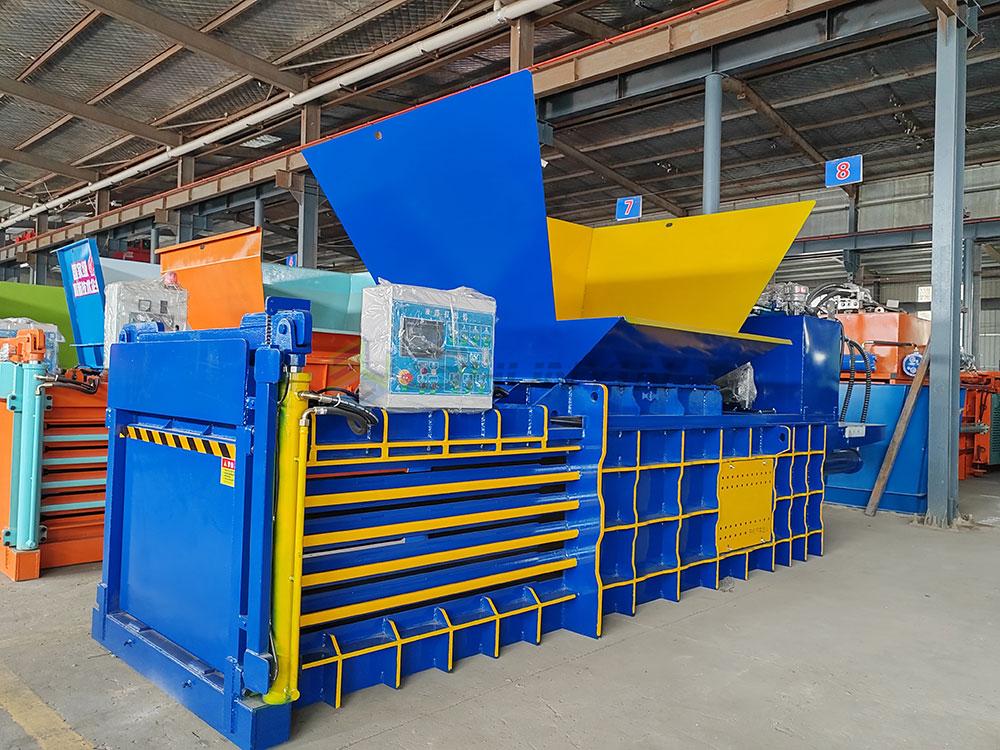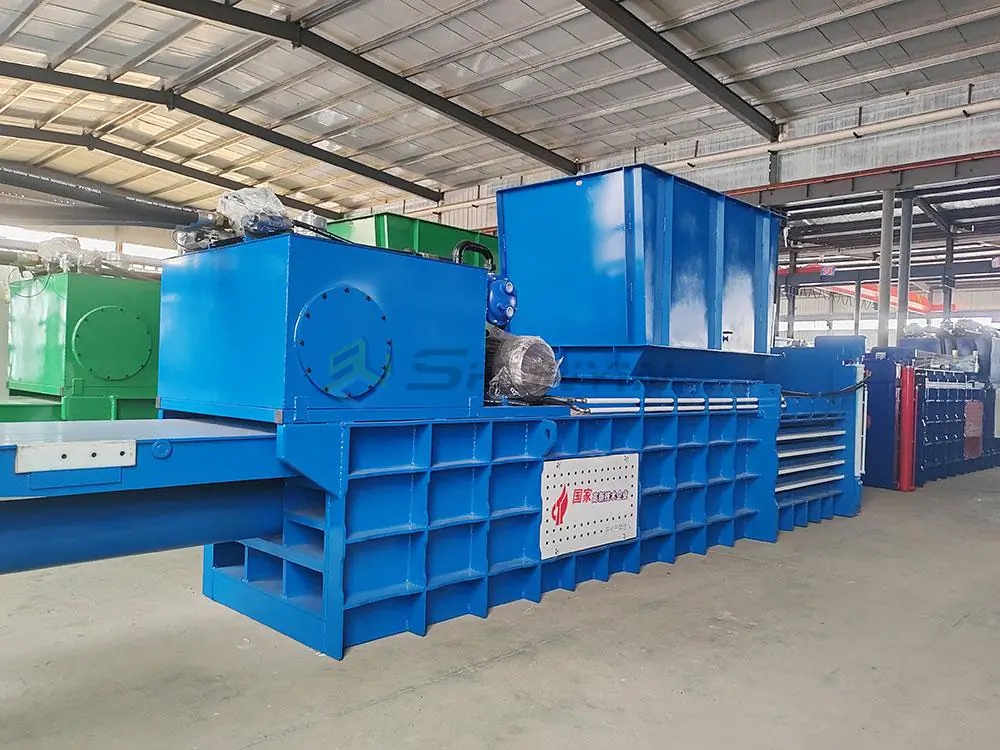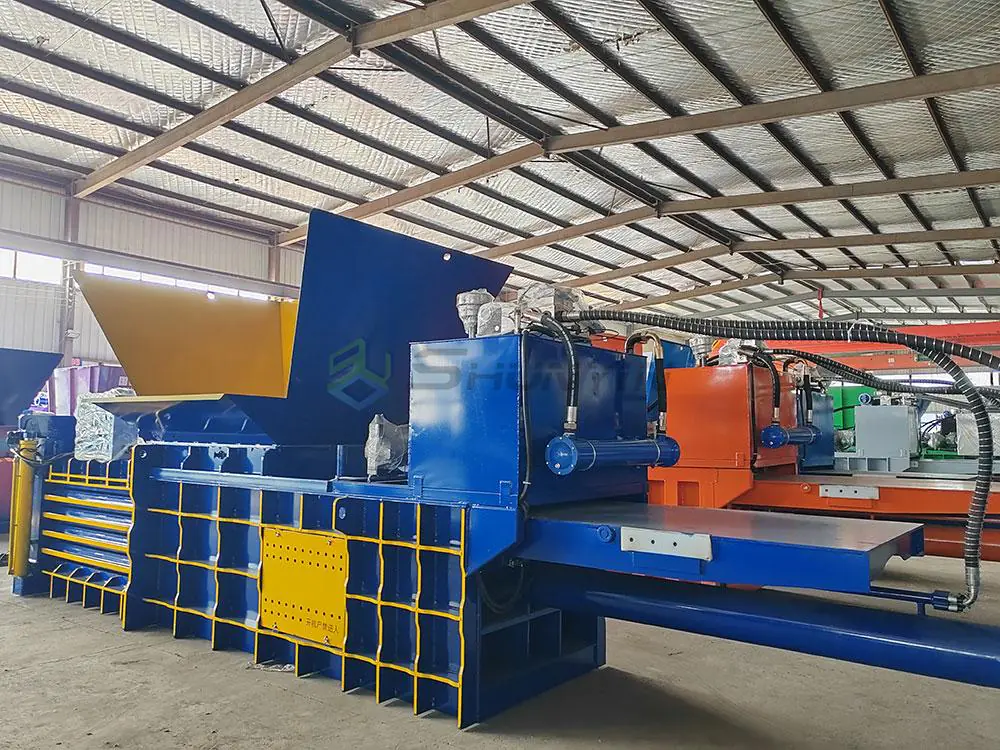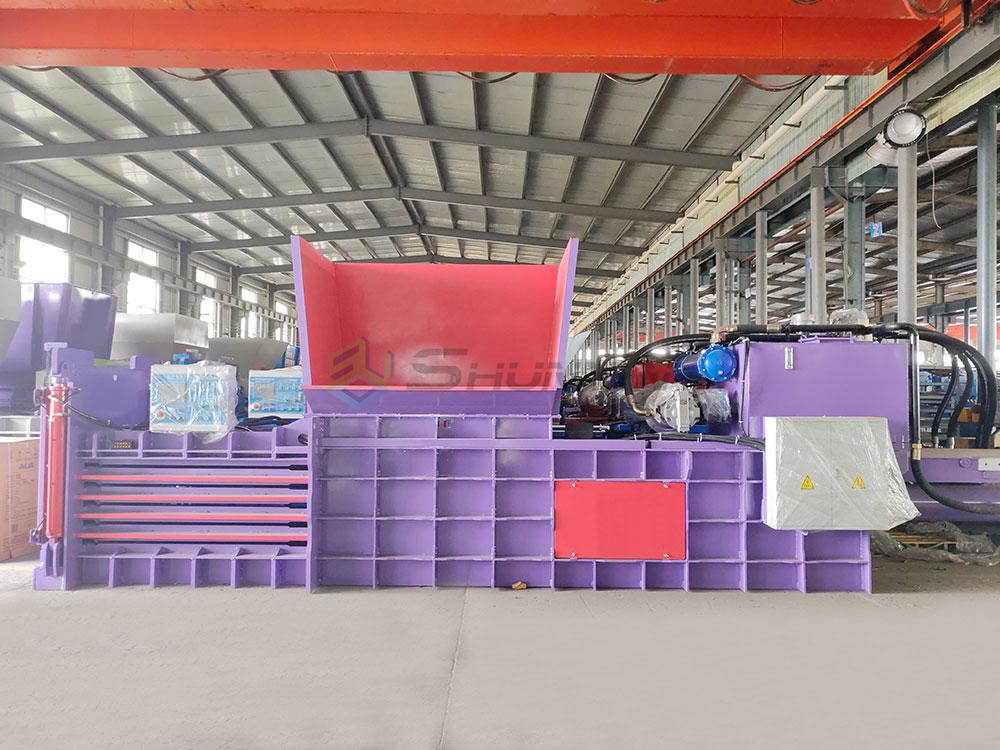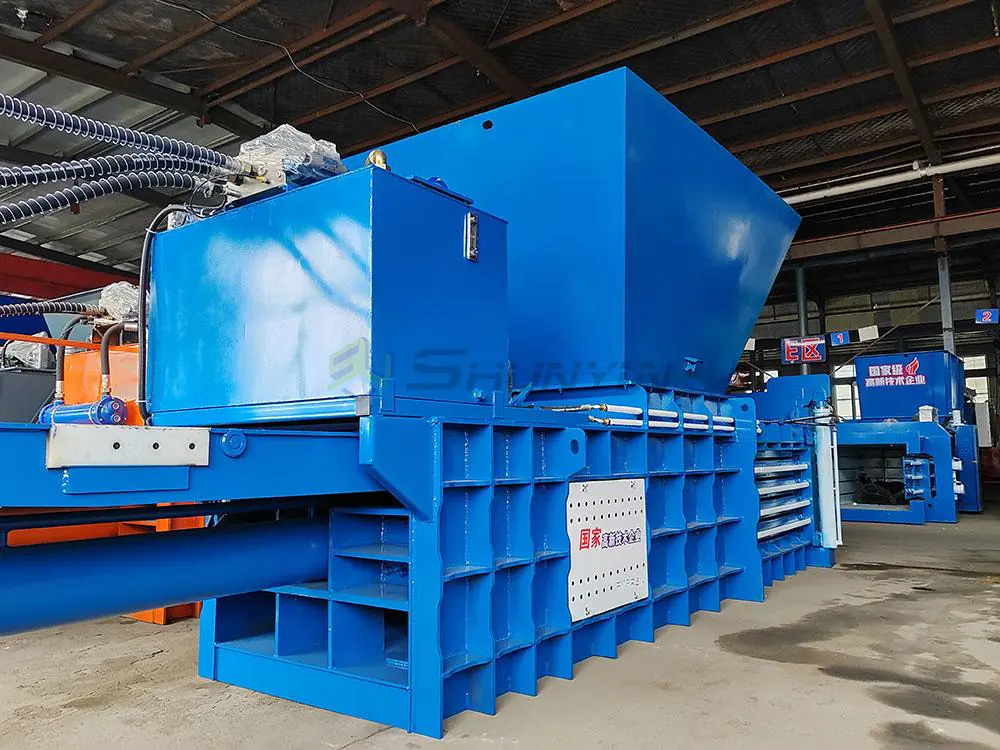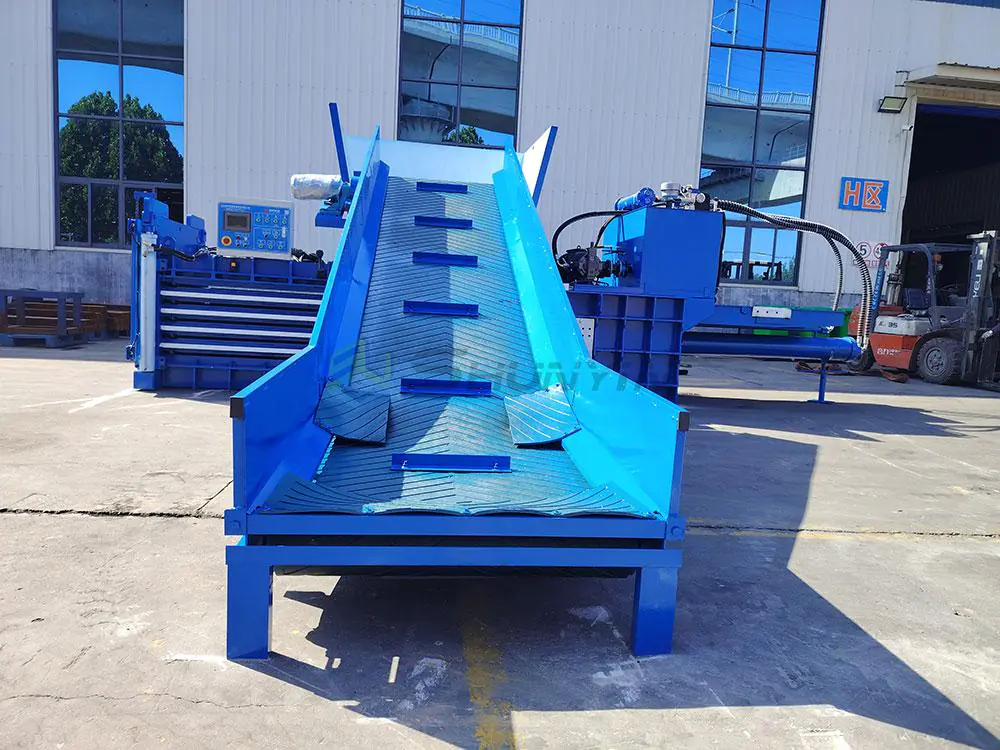
Last week, a Canadian client ordered the wrong baler type for their plastic recycling line – a mistake that cost them 3 weeks of downtime. Let’s ensure you avoid this pitfall.
The four primary recycling types are: 1) Mechanical recycling (physical reprocessing) 2) Energy recovery (waste-to-energy) 3) Chemical recycling (molecular breakdown) 4) Organic recycling (composting). Baler machines primarily serve mechanical recycling operations, transforming waste into transportable commodity bales.
Now that we’ve established the recycling landscape, let’s explore the machinery that actually turns trash into cash.
What are the 4 types of recycling?
When Tokyo launched its Olympic medals made from recycled electronics, it wasn’t magic – just smart recycling. Here’s how these systems work.
1) Mechanical Recycling: Shred/melt materials (plastics, metals) without chemical change
2) Energy Recovery: Incinerate waste for electricity generation
3) Chemical Recycling: Break polymers into original monomers (advanced plastic recycling)
4) Organic Recycling: Anaerobic digestion/composting for food/garden waste

Why Mechanical Recycling Dominates
Our production data shows 78% of baler buyers engage in mechanical recycling. Key advantages:
| Mechanical | Other Methods | |
|---|---|---|
| Entry Cost | $15k-$80k | $500k+ |
| ROI Period | 6-18 months | 3-5 years |
| Material Value | $50-$300/ton | $0-$20/ton |
| Market Demand | Stable | Volatile |
The plastic recycling plant we equipped in Jakarta processes 20 tons/day through two horizontal balers, generating $12,000 monthly profit – textbook mechanical recycling success.
How many types of baler are there?
A Dubai client once tried using textile balers for metal scraps – the maintenance bills shocked them. Let’s navigate these options clearly.
Five main baler types dominate industrial recycling: 1) Horizontal balers 2) Vertical balers 3) Round balers 4) Specialty balers (PET, metal) 5) Two-ram balers. Selection depends on material type, volume (1-50 tons/day), and facility space.

Baler Type Decision Matrix
| Type | Capacity | Floor Space | Best For | Price Range |
|---|---|---|---|---|
| Vertical | 0.5-2 t/day | 15m² | Small shops | $6k-$25k |
| Horizontal | 5-30 t/day | 40m² | Recycling plants | $28k-$150k |
| Round | 10-50 t/day | 60m² | Agriculture | $45k-$200k |
| Specialty | 1-15 t/day | 25m² | Bottles/foils | $18k-$90k |
Our Canadian distributor moved 37 horizontal balers last quarter versus 4 vertical units – a clear market preference shift toward high-volume processing.
What are recycling balers?
When Malaysia banned mixed waste exports in 2021, our baler sales spiked 300%. Here’s why they became indispensable.
Recycling balers are hydraulic/electrical machines that compress sorted materials (plastic, paper, metal) into dense bales for efficient transport and resale. Key components: 1) Compression chamber 2) Hydraulic ram (20-250 tons force) 3) Wire/strap tying system 4) Conveyor feed 5) Control panel.

Baler vs Manual Baling
Let’s analyze a Philippine client’s switch from manual to machine baling:
| Metric | Manual (10 workers) | Baler (2 operators) |
|---|---|---|
| Daily Output | 800kg | 5 tons |
| Bale Density | 300kg/m³ | 700kg/m³ |
| Labor Cost | $120/day | $40/day |
| Injury Rate | 2/month | 0.3/year |
| Moisture Content | 18% | 9% |
The numbers show why our Java-based customer recovered their $35k baler investment in 14 months through increased yield and reduced losses.
What are the different types of round balers?
A Russian farm ruined 3 alfalfa harvests using the wrong round baler – a $180k lesson in proper selection.
Three round baler types dominate agriculture: 1) Fixed chamber (constant bale size) 2) Variable chamber (adjustable density) 3) Mega bale (oversized 2.4m rolls). Additional classifications include belt vs chain balers, and silage-specific models with wrapping systems.
Round Baler Selection Guide
| Need Type | Recommended Model | Bale Size | Price |
|---|---|---|---|
| Small Farms (100ac) | RB12 Compact | 1.2m×1.5m | $35k |
| Dairy Operations | VF480 Silage | 1.5m×1.8m | $68k |
| Hay Export | Mega 2200 | 2.4m×2.4m | $125k |
| Mixed Crops | DualCut 850 | Adjustable | $82k |
Our Vietnam dealer installed 19 Mega 2200 units last year for hay exporters – the 25% density increase justified premium pricing through shipping cost reductions.
Conclusion
Choosing the right baler type transforms waste from burden to profit center. Whether compact vertical units for retail stores or mega round balers for farms, precision matching of machine to application makes all the difference. Get expert guidance to select your ideal baler – first consultation free.


